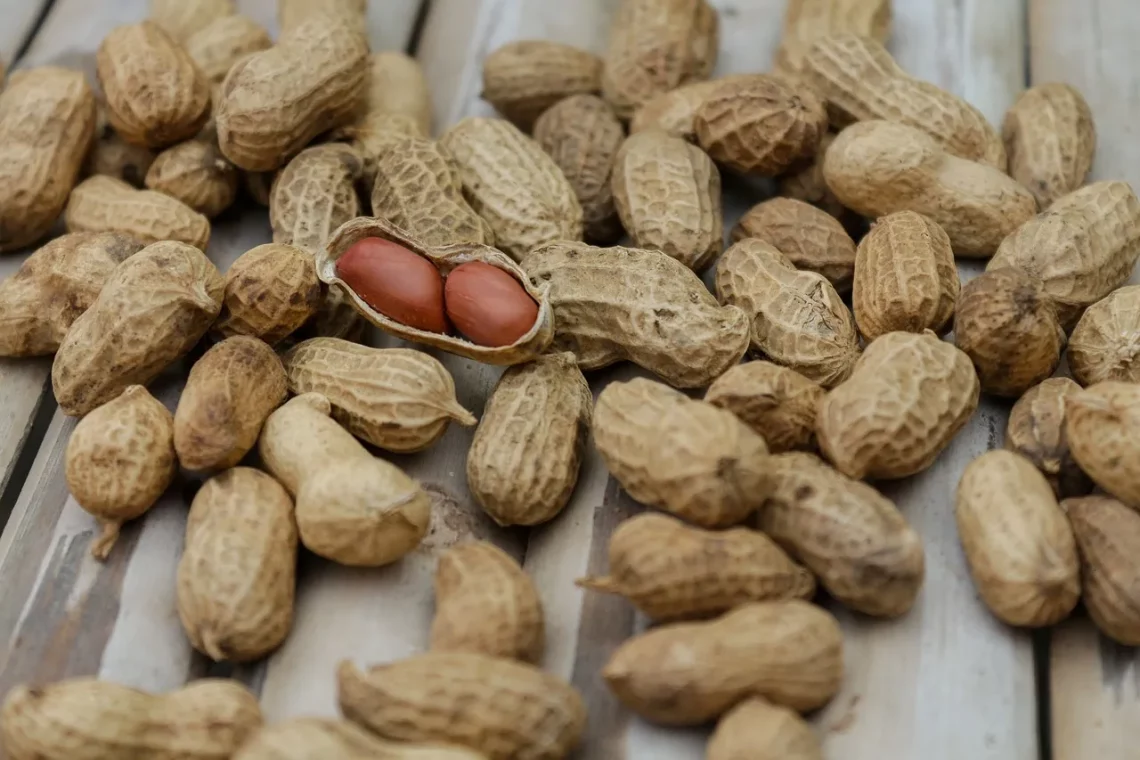
How Much Protein is in a Chicken Breast?
Chicken breast is one of the most popular sources of protein for those looking to maintain a healthy diet or build muscle. This lean meat is not only versatile in cooking but also highly regarded for its nutritional profile. As a staple in many households, chicken breast provides a significant amount of protein while being relatively low in calories and fat.
Understanding the protein content in chicken breast can help individuals make informed dietary choices, whether they are athletes, fitness enthusiasts, or simply health-conscious individuals. With the growing awareness of the importance of protein in our diets, knowing how much protein is in chicken breast can aid in meal planning and aligning with dietary goals.
Moreover, as people strive for balanced nutrition, chicken breast often finds its way into various diets, from low-carb to high-protein regimes. The culinary adaptability of chicken breast makes it easy to incorporate into salads, stir-fries, and even soups. Whether grilled, baked, or sautéed, its nutritional value remains a point of interest.
As we delve deeper into the specifics of chicken breast’s protein content, we will explore its nutritional benefits, how it compares to other protein sources, and practical tips for incorporating it into your diet.
Understanding Protein Content in Chicken Breast
When it comes to protein content, chicken breast stands out as one of the richest sources available. A typical serving of skinless, boneless chicken breast, approximately 100 grams, contains around 31 grams of protein. This high protein content makes it an excellent option for those aiming to increase their protein intake without consuming excessive calories.
The quality of protein in chicken breast is also noteworthy. It is considered a complete protein, meaning it contains all nine essential amino acids that our bodies cannot produce on their own. These amino acids are crucial for various bodily functions, including muscle repair, immune function, and hormone production.
In addition to its protein content, chicken breast is low in carbohydrates and fat, particularly when the skin is removed. A skinless chicken breast contains about 165 calories per 100 grams, making it a fantastic choice for weight management. This balance of high protein and low fat contributes to its popularity among fitness enthusiasts and those looking to maintain a healthy lifestyle.
Moreover, cooking methods can slightly affect the protein content of chicken breast. For instance, grilling or baking chicken breast typically preserves its protein levels, while frying may introduce additional fats and calories. Therefore, opting for healthier cooking methods can help maintain the nutritional integrity of the chicken breast.
Overall, understanding the protein content of chicken breast is essential for anyone looking to optimize their diet. Its high protein density, coupled with its versatility in the kitchen, makes it an indispensable ingredient in many healthy meal plans.
Comparing Chicken Breast to Other Protein Sources
When evaluating protein sources, it is essential to compare chicken breast to other common options. While chicken breast is an excellent source of protein, other meats, fish, dairy products, legumes, and plant-based sources also provide substantial amounts of protein.
For instance, a 100-gram serving of cooked salmon contains approximately 25 grams of protein. Although slightly lower than chicken breast, salmon offers additional health benefits, such as omega-3 fatty acids, which are vital for heart health. Similarly, lean cuts of beef and pork also provide comparable protein levels, but they often come with higher fat content, which can be a consideration for those monitoring their fat intake.
For those following a vegetarian or vegan diet, plant-based protein sources like lentils, chickpeas, and quinoa can also be excellent alternatives. For example, cooked lentils provide about 9 grams of protein per 100 grams. While plant-based protein sources may not always contain complete proteins, combining various sources can ensure adequate intake of essential amino acids.
Dairy products such as Greek yogurt and cottage cheese are also rich in protein. A 200-gram serving of Greek yogurt can provide approximately 20 grams of protein. However, it is essential to consider that dairy may not be suitable for everyone, particularly those with lactose intolerance or dairy allergies.
Ultimately, while chicken breast is a top contender in the protein arena, it is beneficial to incorporate a variety of protein sources into one’s diet to ensure a balanced intake of nutrients. This diversity can enhance overall health and well-being, providing essential vitamins and minerals that may be lacking in a single food source.
Health Benefits of Including Chicken Breast in Your Diet
Incorporating chicken breast into your diet offers various health benefits that extend beyond its high protein content. One of the primary advantages is its role in muscle building and repair. For those engaged in regular physical activity, adequate protein consumption is crucial for muscle synthesis and recovery. Chicken breast provides the necessary amino acids to support these processes effectively.
Additionally, chicken breast is a rich source of B vitamins, particularly niacin (B3) and pyridoxine (B6). Niacin plays a vital role in energy metabolism, helping convert food into energy, while vitamin B6 is essential for amino acid metabolism and neurotransmitter synthesis. These vitamins contribute to overall energy levels and cognitive function, making chicken breast an excellent addition to a balanced diet.
Another significant benefit of chicken breast is its contribution to weight management. The high protein content promotes satiety, helping individuals feel fuller for longer periods. This can reduce overall calorie intake and assist in weight loss or maintenance efforts. Furthermore, protein has a higher thermic effect than carbohydrates or fats, meaning that the body burns more calories digesting protein.
Chicken breast is also a good source of selenium, a mineral that plays a crucial role in antioxidant defense and immune function. Adequate selenium intake is essential for reducing inflammation and supporting thyroid health.
While chicken breast is highly nutritious, it is vital to consider preparation methods to maximize its health benefits. Grilling, baking, or steaming chicken breast with minimal added fats can help retain its nutritional value. Pairing chicken breast with a variety of vegetables can further enhance its health benefits, providing additional vitamins, minerals, and fiber.
In conclusion, including chicken breast in your diet can support muscle health, weight management, and overall well-being. Its versatile nature allows for numerous culinary creations, making it easy to enjoy while reaping the health benefits it offers.
**Disclaimer:** This article is for informational purposes only and should not be considered medical advice. For any health-related issues, please consult a qualified healthcare professional.




